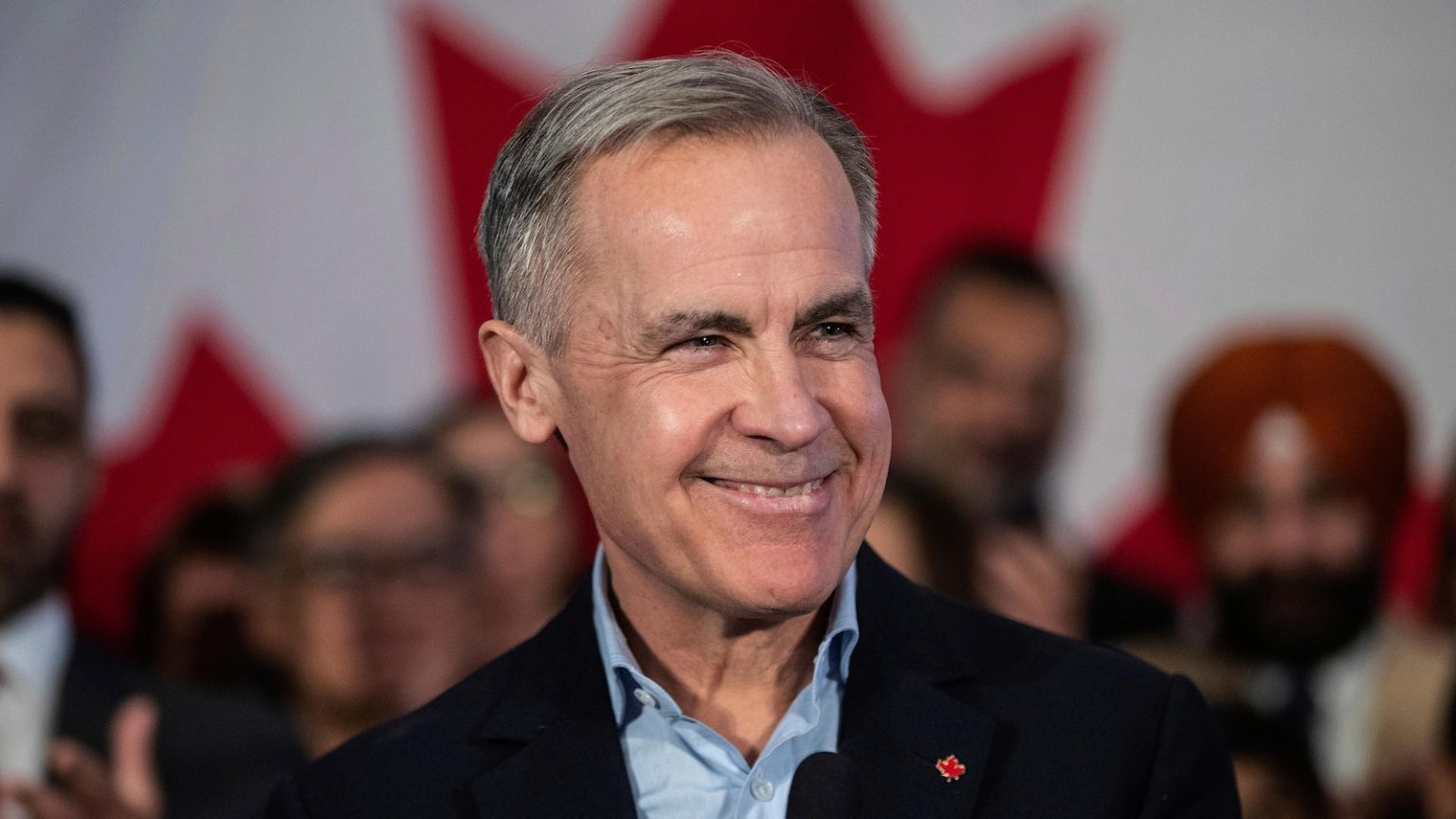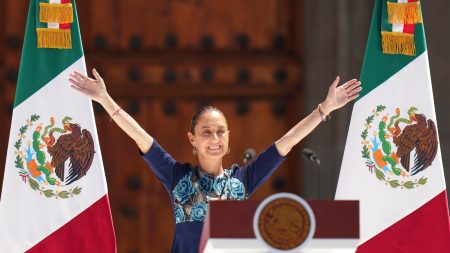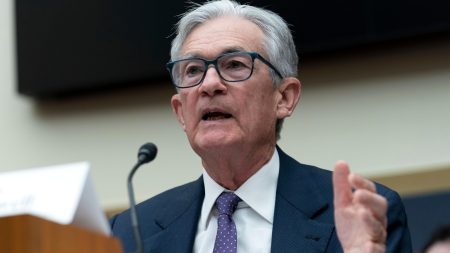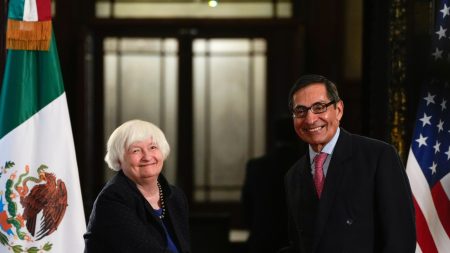Mark Carney: The Rise of Canada’s New Prime Minister
A New Era for Canadian Leadership
Mark Carney, a former central banker with a distinguished career spanning decades, has emerged as the new leader of Canada’s Liberal Party, positioning him to become the country’s next Prime Minister. This historic transition marks a significant shift in Canadian politics, as Carney, a figure with no prior political experience, steps into the role following a landslide victory in the Liberal Party leadership vote. At 59 years old, Carney brings a wealth of experience from the financial and international stages, making him a unique candidate to lead Canada into a new era of governance.
Early Life and Education: Shaping a Leader
Born on March 16, 1965, in Fort Smith, Northwest Territories, Carney grew up in Edmonton, Alberta, where his early life laid the foundation for his future endeavors. His academic prowess was evident from a young age, leading him to pursue a Bachelor’s degree in Economics from Harvard University, which he completed in 1988. Carney’s intellectual journey continued at Oxford University, where he earned both his master’s and doctoral degrees in Economics. This academic excellence, coupled with his athletic interests—he was a backup goalie for Harvard’s ice hockey team—painted a portrait of a well-rounded individual destined for greatness.
A Career Marked by Excellence and Vision
Carney’s professional trajectory is a testament to his leadership and expertise. He began his career at Goldman Sachs, where he spent 13 years working in major financial hubs such as London, Tokyo, New York, and Toronto. His ascent in the financial world was swift, leading to his appointment as deputy governor of the Bank of Canada in 2003. By 2008, he was at the helm of the Bank of Canada, steering the nation through the tumultuous 2008 financial crisis with astute leadership. His success caught international attention, culminating in his historic appointment as the Governor of the Bank of England in 2013—a first for a non-British citizen since the bank’s inception in 1694. Carney’s tenure at the Bank of England was marked by innovation and stability, earning him widespread acclaim. In 2020, he transitioned to a new role as the United Nations’ special envoy for climate action and finance, reflecting his commitment to global sustainability.
Transition to Politics: A Leap of Faith
Mark Carney’s foray into politics is both unexpected and intriguing. Unlike traditional politicians, Carney lacks prior political experience, which makes his ascension to the role of Prime Minister a remarkable anomaly. His background in finance and international diplomacy, however, equips him with a unique perspective to address the complex challenges facing Canada. The Liberal Party’s decision to elect him as their leader underscores their confidence in his ability to navigate the intricacies of modern governance. As he prepares to lead the nation, Carney’s political novice status raises both curiosity and expectations among Canadians.
The Man Behind the Leader: Personal Touches and Public Image
Beneath the surface of his professional achievements lies a man with a strong sense of family and identity. Carney, who holds Canadian, U.K., and Irish citizenship, has opted to retain solely Canadian citizenship, a decision seen as a politically savvy move to align with the values of his future constituents. His wife, Diana, born in Britain, and their four daughters form the core of his personal life, providing a grounding influence amidst his high-profile career. Carney’s reputation as a composed and strategic thinker resonates with the public, fostering trust in his leadership capabilities. His personal choices reflect a blend of pragmatism and principle, endearing him to a diverse populace.
The Road Ahead: Challenges and Expectations
As Mark Carney prepares to assume the role of Prime Minister, the nation watches with anticipation. Recent polling data indicates a shift in public sentiment, with the Liberals trailing the opposition Conservatives and their leader Pierre Poilievre. While a mid-January poll showed the Liberals at 20% behind the Conservatives’ 47%, the latest figures reveal a narrowing gap, with the Liberals at 34% and the Conservatives at 37%. This trend suggests that Carney’s leadership may be gaining traction, though his tenure will likely face rigorous scrutiny. The challenges ahead include navigating economic uncertainties, addressing climate change, and unifying a politically divided nation.
Carney’s ascent to the prime ministership represents a pivotal moment in Canadian history. His blend of financial acumen, international experience, and commitment to global issues offers a fresh perspective to traditional politics. As he embarks on this new chapter, the world waits to see how Mark Carney will steer Canada through its future challenges, bringing hope and intrigue to the nation’s political landscape.















